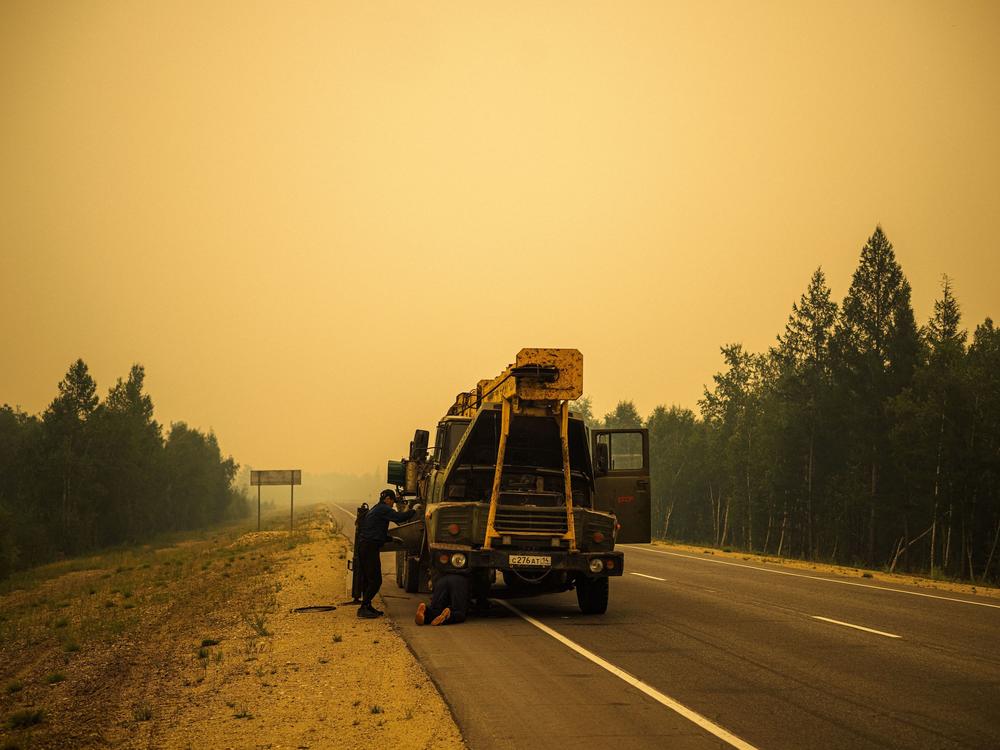Section Branding
Header Content
The Arctic has a new record high temperature, according to the U.N.
Primary Content
Updated December 14, 2021 at 1:49 PM ET
The United Nations' weather agency has officially recognized a new record high temperature for the Arctic, confirming a reading of 38 degrees Celsius (100.4 Fahrenheit) taken in June 2020.
The World Meteorological Organization issued a statement on Tuesday calling the temperature reading "more befitting the Mediterranean than the Arctic."
The high reading, taken on June 20, 2020, in the Russian town of Verkhoyansk, came amid a prolonged Siberian heatwave in which the region reached as much as 10 degrees C above normal.
However, the reading in Verkhoyansk inaugurates a new WMO category for high temperatures in the region, so it doesn't supplant a previous record. The agency says temperatures have been recorded in the Russian town since 1885. The lowest temperature ever recorded above the Arctic Circle was -69.6 C (-93.9 F) in Greenland in December 1991, according to the agency.
"This new Arctic record is one of a series of observations reported to the WMO Archive of Weather and Climate Extremes that sound the alarm bells about our changing climate," WMO Secretary-General Petteri Taalas said in a statement.
"In 2020, there was also a new temperature record (18.3°C) for the Antarctic continent," he added.
The WMO said the Arctic "is among the fastest-warming regions in the world" and that the unprecedented temperatures caused it to add a new climate category for "highest recorded temperature at or north of 66.5⁰, the Arctic Circle" to its archives.
The high temperatures were "fueling devastating fires [and] driving massive sea ice loss" that played "a major role in 2020 being one of the three warmest years on record," it said.
As NPR's Rebecca Hersher reported in June of last year, 20,000 tons of diesel spilled in northern Siberia when storage tanks collapsed, likely because of melting permafrost.
The WMO said the new Arctic record high was just one of many record high temperatures in 2020 and 2021 that it was working to verify — including a reading of 54.4 C (129.9 F) in Death Valley, Calif., the world's hottest place, and a record in Europe of 48.8 C (119.8 F) on the island of Sicily.
"The WMO Archive of Weather and Climate Extremes has never had so many ongoing simultaneous investigations," Taalas said.
Copyright 2021 NPR. To see more, visit https://www.npr.org.

